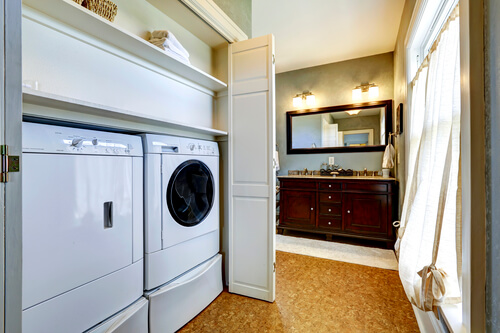
In the late 1990s, the U.S. CPSC or Consumer Product Safety Commission reported that nearly 76% of households had at least one clothes dryer which means that more than 74 million households have an electric or gas dryer in the country. The report also included that over 14,500 fires, 300 injuries, 20 deaths and property damages worth over $75 million were caused by dryer fires.
Out of those fires, electric dryers were more than two times likely to be the root of the fire than their gas counterparts. This happens because of their higher heat discharge which can exacerbate the build-up of lint. Dryer fires often originate from two common areas which are the lint trap and dryer vents.
It is evident that maintaining safe dryer vents are one of your top priorities in a property, but how much do you know how to keep them that way and your family safe in the process? Read on to find out more on what you should keep an eye out for.
CPSC have outlined several actions that can help homeowners and individuals mitigate the risks of dryer fires from clothes dryers that are prone to overheating. Here are important points to note down:
You should replace any accordion-type, metal or plastic foil ducting material as they are not approved for dryer use. You must replace the aforementioned with corrugated semi-rigid metal ducts or rigid ducts that meet the UL 2158A standards. You will find that most manufacturers specify the use of such ducts which can provide optimal airflow. Flexible plastic ducts are flammable and can easily trap lint which is more susceptible to crushing and kinks, and can obstruct the dryer’s air discharge.
There are several indications that inform you that there is lint build-up in your venting and dryer system. The symptoms may include:
You can clean the lint traps by removing the filter from the dryer first. You should implement this practice before and after each use of your dryer. You should also vacuum the lint trap’s housing cavity on a monthly basis.